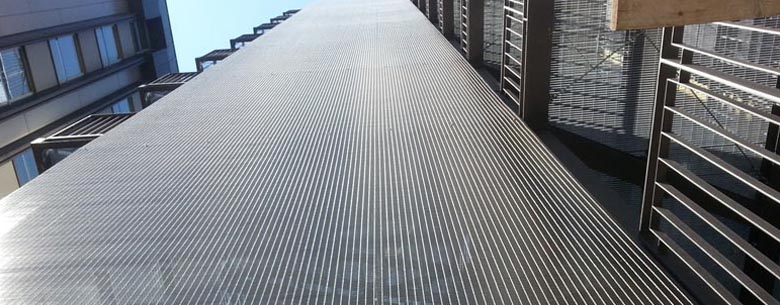The Evolution and Benefits of Moveable Fencing
Moveable fencing has emerged as an innovative solution in modern agricultural practices, offering a flexible and efficient way to manage livestock and protect crops. Traditionally, fencing has been a static element of farm management, often requiring significant time and resources to install and maintain. However, the development of moveable fencing has revolutionized how farmers and ranchers approach sustainable land management, animal husbandry, and environmental conservation.
At its core, moveable fencing refers to a system of lightweight and portable fencing materials that can be easily rearranged to create different grazing or containment areas for livestock. This flexibility allows farmers to rotate their animals through various pastures, promoting healthier soil and grassland. By allowing specific areas to rest and recover, moveable fencing plays a crucial role in preventing overgrazing, which can lead to soil degradation and loss of biodiversity.
One of the primary benefits of moveable fencing is its ease of use. Unlike traditional barbed wire or wooden fences, which require extensive installation and maintenance, moveable fencing can be set up quickly and without specialized skills. Farmers can easily reconfigure their fencing to respond to changing weather conditions, animal needs, or crop growth. This adaptability not only saves time and labor but also enhances the overall efficiency of farm operations.
Moreover, moveable fencing is an environmentally friendly option for livestock management. By implementing rotational grazing practices, farmers can improve pasture health and increase forage production. This approach helps sequester carbon in the soil, reduces methane emissions from livestock, and supports the regeneration of native plant species. As concerns about climate change and sustainable agriculture continue to grow, moveable fencing offers a practical solution to promote ecological balance and resilience in farming systems.
moveable fencing

In addition to its environmental benefits, moveable fencing also contributes to animal welfare. Animals that are rotated through different grazing areas have access to fresh forage and clean water, reducing the likelihood of disease and promoting overall health. This system allows farmers to monitor their livestock more closely, identifying signs of stress or illness more readily, which can lead to timely interventions and better care for the animals.
Another significant advantage of moveable fencing is its cost-effectiveness. While traditional fencing can be expensive to install and maintain, moveable fencing options are often less costly and require fewer resources. Farmers can invest in high-quality, durable materials that are lightweight and easy to transport, thus reducing the long-term expenses associated with fencing upkeep.
Furthermore, moveable fencing can be adapted for various farming operations and is not limited to conventional livestock farming. It has found applications in organic farming, where farmers emphasize sustainable practices and might prefer methods that reduce chemical inputs and improve soil health. Additionally, the versatility of moveable fencing allows it to be used in other areas, such as wildlife management, where it can facilitate controlled access to specific areas to encourage biodiversity or protect endangered species.
In conclusion, moveable fencing represents a significant advancement in the agricultural landscape, offering numerous benefits for farmers, livestock, and the environment. Its flexibility, ease of use, and positive impact on animal welfare and ecosystem health make it an invaluable tool for modern agriculture. As the industry continues to evolve, embracing innovative practices like moveable fencing will be essential in addressing the challenges of food production and environmental stewardship in the years to come.
-
The Strength and Versatility of Aluminum Expanded Metal Mesh
NewsJun.10,2025
-
Safety Guards and Machine Enclosures Using Expanded Mesh
NewsJun.10,2025
-
Performance with Round Hole Perforated Mesh in Wall Panels
NewsJun.10,2025
-
How Steel Grating Trench Covers Distribute Weight Efficiently
NewsJun.10,2025
-
How Deck Mesh Railing Enhances Backyard Aesthetics
NewsJun.10,2025
-
Comparing Bar Thickness and Spacing in Steel Grating
NewsJun.10,2025
Subscribe now!
Stay up to date with the latest on Fry Steeland industry news.

